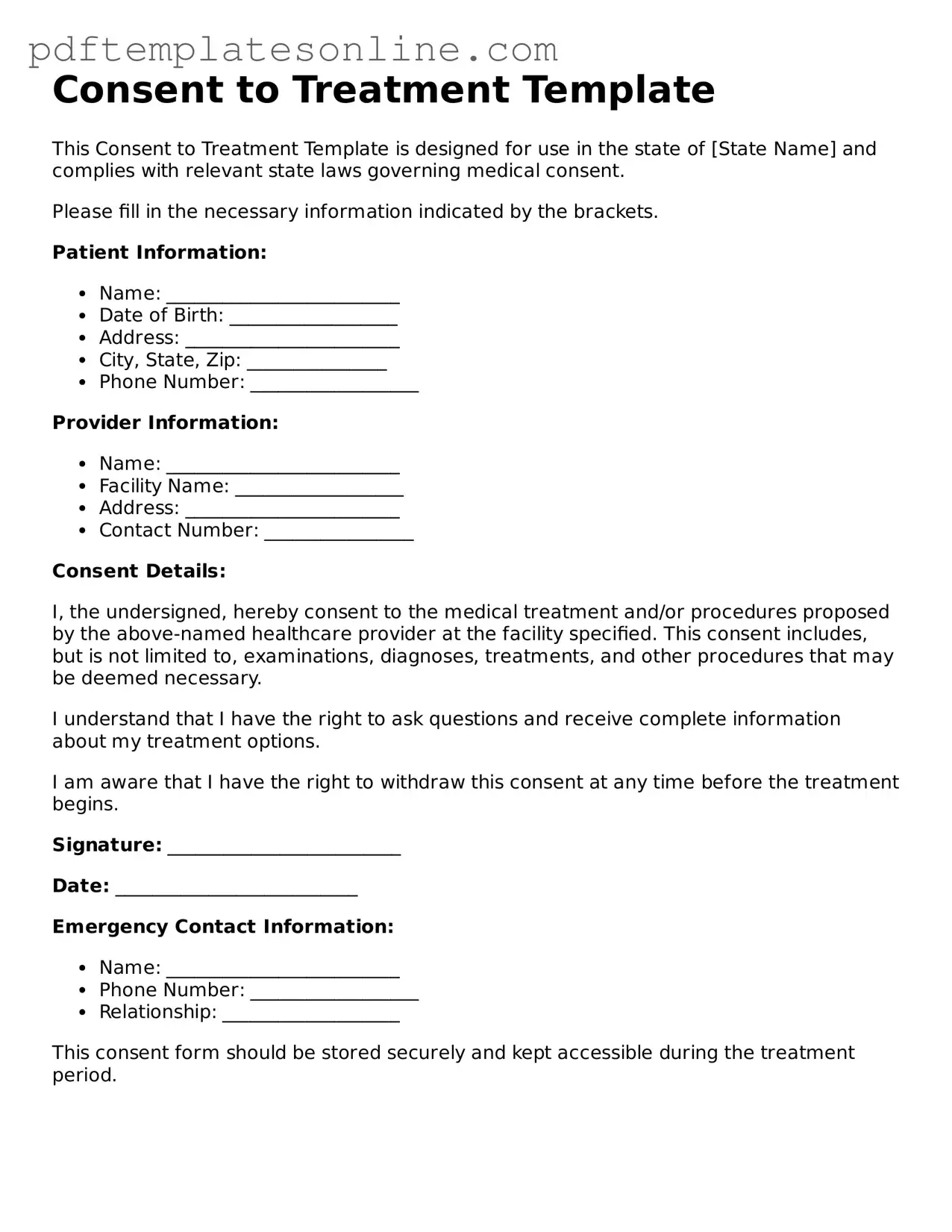Filling out a consent form can seem straightforward, but many people make common mistakes that can lead to delays or complications. One frequent error is not reading the entire form before signing. It’s crucial to understand what you are consenting to. Skimming through the document may cause you to miss important details.
Another mistake is failing to provide complete information. Incomplete forms can lead to processing issues. Ensure that all required fields are filled out accurately. Omitting even a small piece of information can create significant problems later on.
People often overlook the importance of using their legal name. Using nicknames or initials instead of the full legal name can cause confusion. Always ensure that your name matches the identification documents you may need to provide.
Many individuals forget to check for signatures. A common error is leaving the signature line blank. Without a signature, the consent form may be considered invalid. Double-check that you have signed in the appropriate places.
In addition, some people fail to date the form. A missing date can lead to questions about when consent was given. Always include the date to ensure clarity and avoid potential disputes.
Another frequent oversight is not reviewing the contact information. Providing incorrect or outdated contact details can hinder communication. Ensure that your phone number and address are current and accurate.
Some individuals neglect to ask questions if they are unsure about any part of the form. It’s important to seek clarification before signing. Ignoring uncertainties can lead to misunderstandings about the consent you are giving.
Additionally, people sometimes assume that consent forms are the same across different contexts. Each consent form may have unique requirements. Always treat each form as a distinct document that requires careful attention.
Lastly, failing to keep a copy of the signed consent form is a mistake many make. Retaining a copy for your records can be essential for future reference. It’s a good practice to have documentation of what you consented to.
